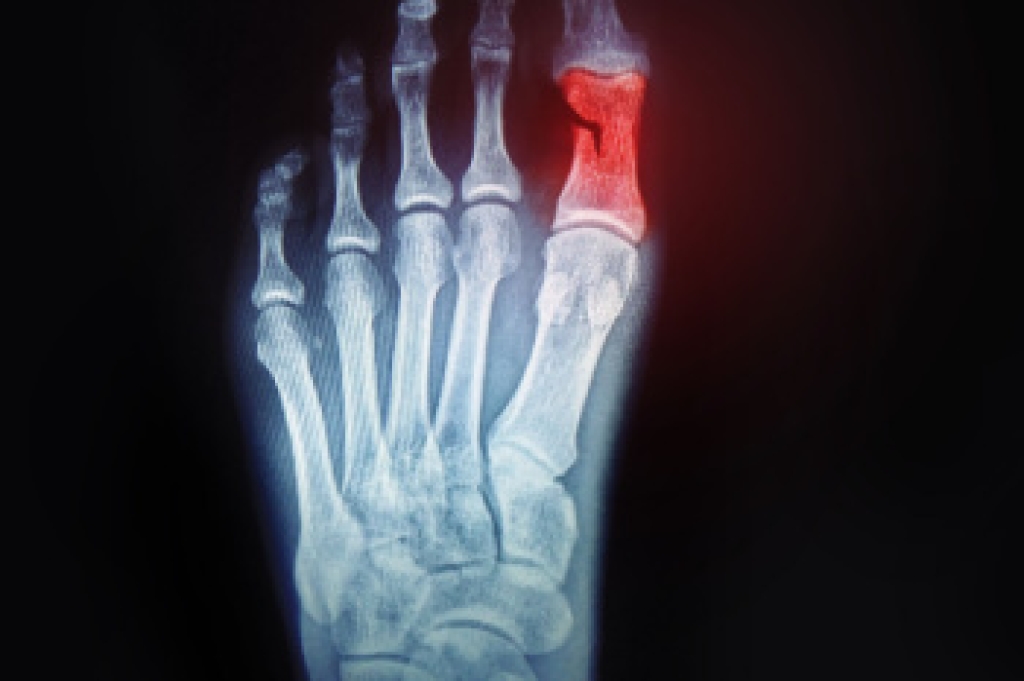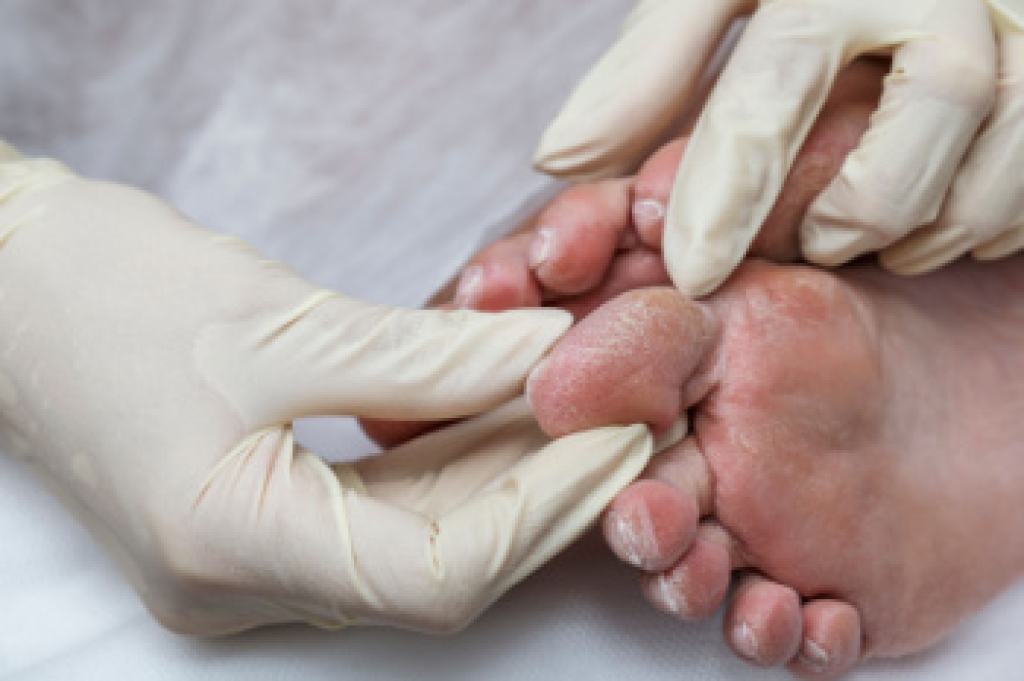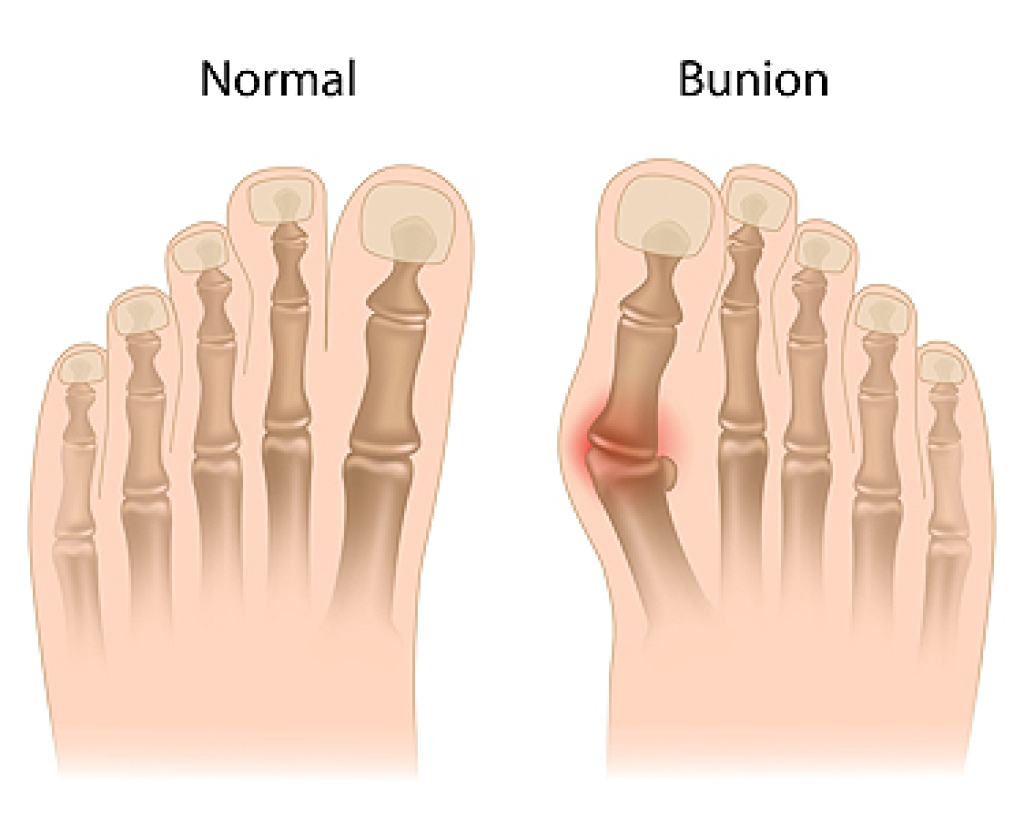
A broken toe can result from a direct injury, such as dropping something on the foot or stubbing it against a hard surface. While symptoms may include bruising, swelling, and difficulty walking, not all fractures are immediately obvious. A careful exam and imaging, such as an X-ray, are often needed to determine the extent and location of the break. Depending on the severity, treatment may involve buddy taping the injured toe to a neighboring one, using a stiff-soled shoe, or temporarily limiting activity. In more complex cases, especially if the fracture is displaced or involves a joint, further intervention may be required. Healing can take several weeks, and early care helps prevent long-term stiffness or deformity. If your toe is painful, swollen, or looks misshapen after an injury, it is suggested that you see a podiatrist for a diagnosis and appropriate treatment.
A broken toe can be very painful and lead to complications if not properly fixed. If you have any concerns about your feet, contact Chuc Dang, DPM from California . Our doctor will treat your foot and ankle needs.
What to Know About a Broken Toe
Although most people try to avoid foot trauma such as banging, stubbing, or dropping heavy objects on their feet, the unfortunate fact is that it is a common occurrence. Given the fact that toes are positioned in front of the feet, they typically sustain the brunt of such trauma. When trauma occurs to a toe, the result can be a painful break (fracture).
Symptoms of a Broken Toe
- Throbbing pain
- Swelling
- Bruising on the skin and toenail
- The inability to move the toe
- Toe appears crooked or disfigured
- Tingling or numbness in the toe
Generally, it is best to stay off of the injured toe with the affected foot elevated.
Severe toe fractures may be treated with a splint, cast, and in some cases, minor surgery. Due to its position and the pressure it endures with daily activity, future complications can occur if the big toe is not properly treated.
If you have any questions please feel free to contact our office located in Westminster, CA . We offer the newest diagnostic and treatment technologies for all your foot and ankle needs.



